As spring progresses and the threat of frost diminishes, May emerges as the ideal month for gardeners eager to witness vibrant blooms throughout the summer. Planting flowers in May allows you to enjoy a stunning display of colors, fragrances, and varieties that will enhance any garden.
Let’s explore some of the best flowers to plant in May, each with distinct characteristics and care requirements to help you create a blossoming paradise.
Alyssum
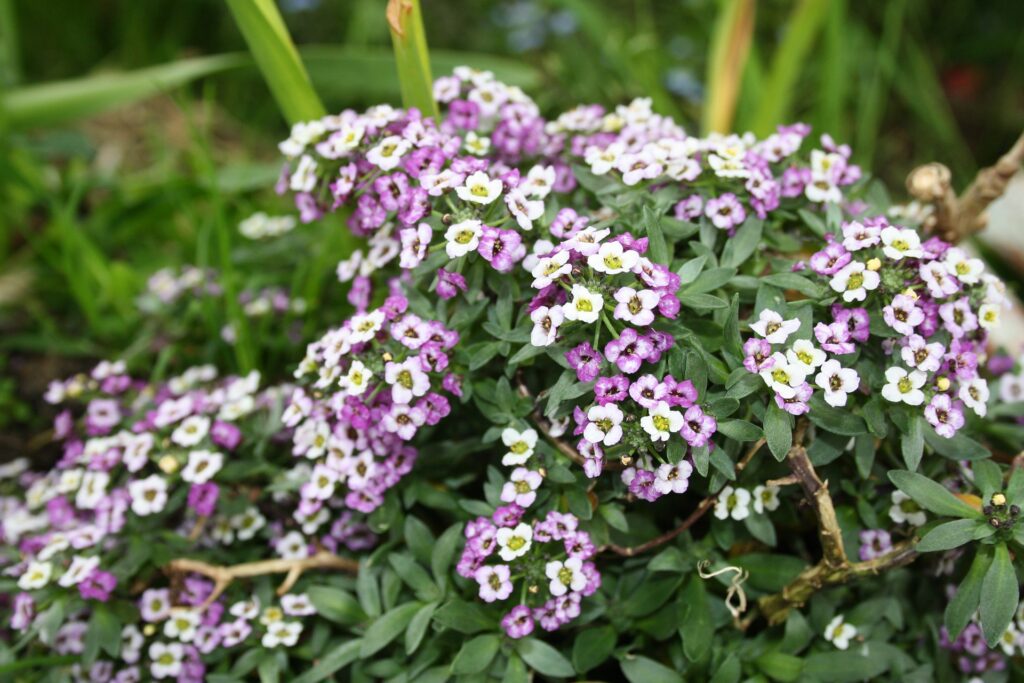
Alyssum, known for its sweet fragrance and delicate clusters of small flowers, is a delightful addition to any garden. These hardy annuals thrive in cooler temperatures, making May the perfect month for planting. They come in shades of white, lavender, and purple, creating a soft but vibrant look in borders or containers.
The plants are not only beautiful but also beneficial. Alyssum attracts pollinators like bees and butterflies, contributing to the ecosystem in your garden. They prefer full sun to partial shade and well-drained soil. With proper care, these charming flowers will bloom from spring until the first frost, ensuring a long-lasting floral display.
Asters
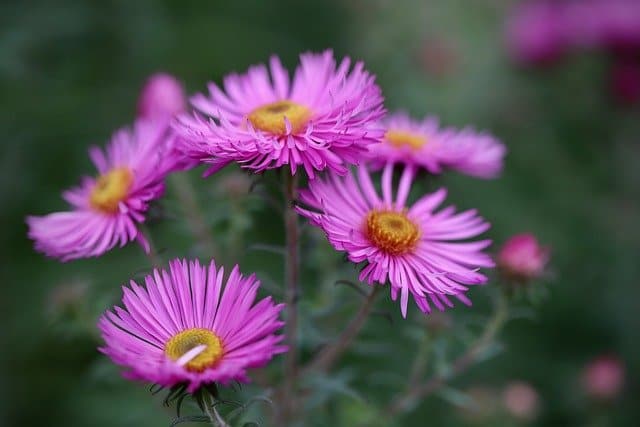
Asters are a fantastic choice for May planting, particularly because they bloom later in the summer and into fall, extending the flowering season of your garden. With a variety of colors ranging from deep purple to pink, white, and blue, asters can brighten up any wildflower patch or perennial border.
These perennial flowers thrive in well-drained soil and full sunlight, although they can tolerate partial shade. They are also known for attracting butterflies, making your garden a lively habitat. To ensure healthy growth, deadhead spent flowers regularly and provide adequate water during dry spells. Their charming star-shaped blooms are sure to bring joy to both you and your visiting pollinators.
Begonias
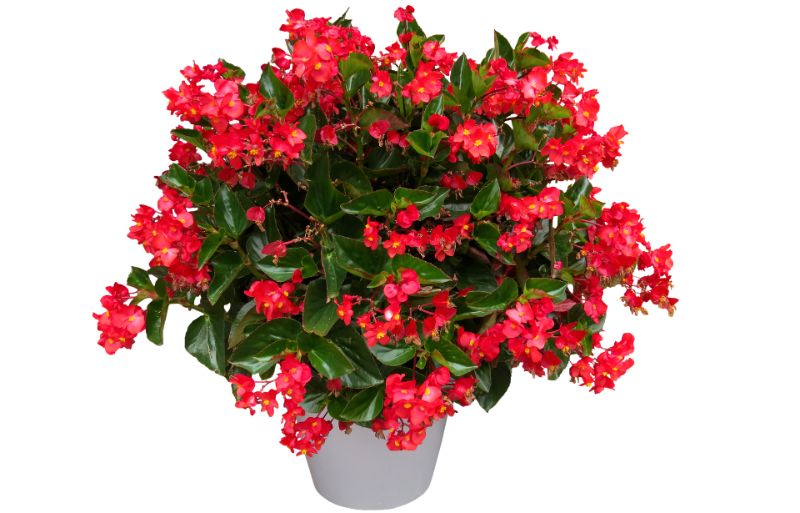
Begonias are an excellent choice for gardeners looking to add lush foliage and vibrant colors to shaded areas. With their big, bold leaves and bright, unique flowers, begonias can provide drama and depth in your gardens, making them stand out. May is a great time to plant both tuberous and fibrous begonias.
These beauties flourish in well-draining potting soil and require consistent moisture but should never be waterlogged. With proper care, begonias will thrive throughout the summer, showcasing their ever-blooming flowers in shades of red, pink, and white. Ideal for hanging baskets and shady borders, begonias are perfect for brightening up the shadier spots in your garden.
Black Eyed Susan
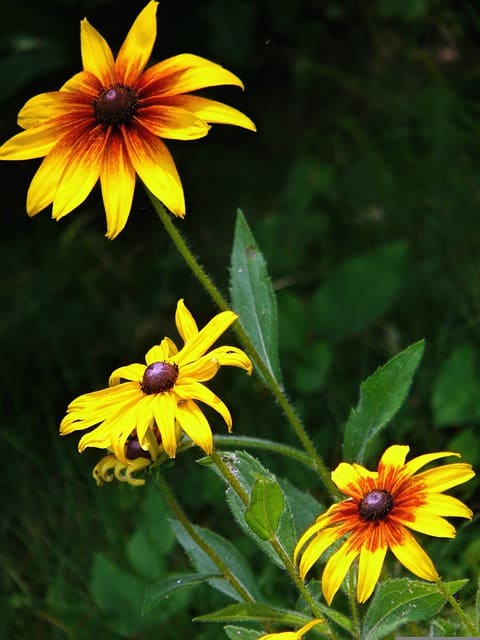
Black Eyed Susans (Rudbeckia hirta) are iconic American wildflowers celebrated for their reliability and stunning brightness. These perennials are known for their cheerful yellow petals and dark brown centers, making them a favorite for gardeners looking to create a sunny atmosphere in their gardens.
This drought-tolerant flower thrives in full sun and well-drained soil. Planting them in May gives them ample time to establish themselves before the heat of summer. Black Eyed Susans attract a multitude of pollinators, including bees and butterflies. These vibrant blooms can also self-seed, ensuring that your garden continues to flourish year after year.
Bleeding Heart
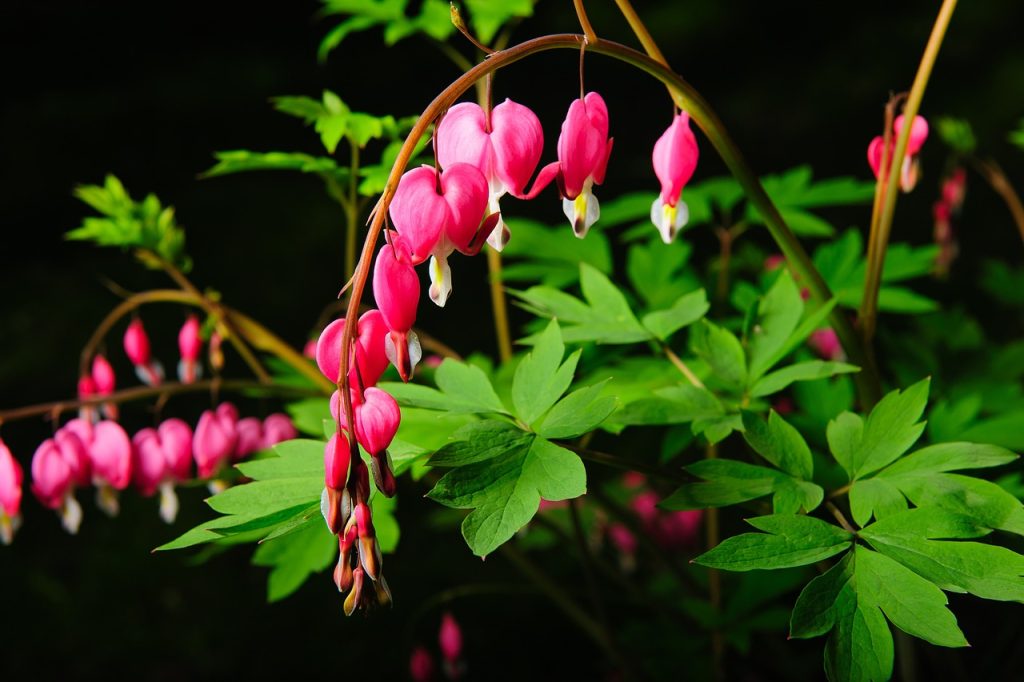
Bleeding Heart (Dicentra spectabilis) is a stunning choice for shady gardens, known for its heart-shaped blooms that dangle gracefully from arching stems. The delicate pink and white flowers make it a favorite for creating romantic garden spaces. These perennial plants flourish when planted in May as they can establish roots before the summer heat sets in.
Bleeding hearts prefer rich, moist soil and shaded conditions, making them excellent for woodland gardens. Their unique flowers and fern-like foliage add texture and interest among other spring and summer blooms. However, it’s worth noting that as the summer heat intensifies, bleeding hearts may die back, taking a short break before re-emerging in the cooler months.
Bloodroot

If you are interested in a perennial that speaks to the natural history of native plants, consider Bloodroot (Sanguinaria canadensis). This early-blooming beauty features striking white flowers, which emerge from its unique ground-hugging leaves. Planting Bloodroot in May allows these delicate flowers to thrive in their native woodland habitat.
Bloodroot prefers shaded areas with moist, rich soil. Its flowers traditionally bloom before the leaves fully unfurl, adding unique layers to your garden’s design. Beyond its aesthetic appeal, Bloodroot is essential for a native planting garden as it attracts early foraging bees and other pollinators looking for food during the spring months.
Calla Lilies
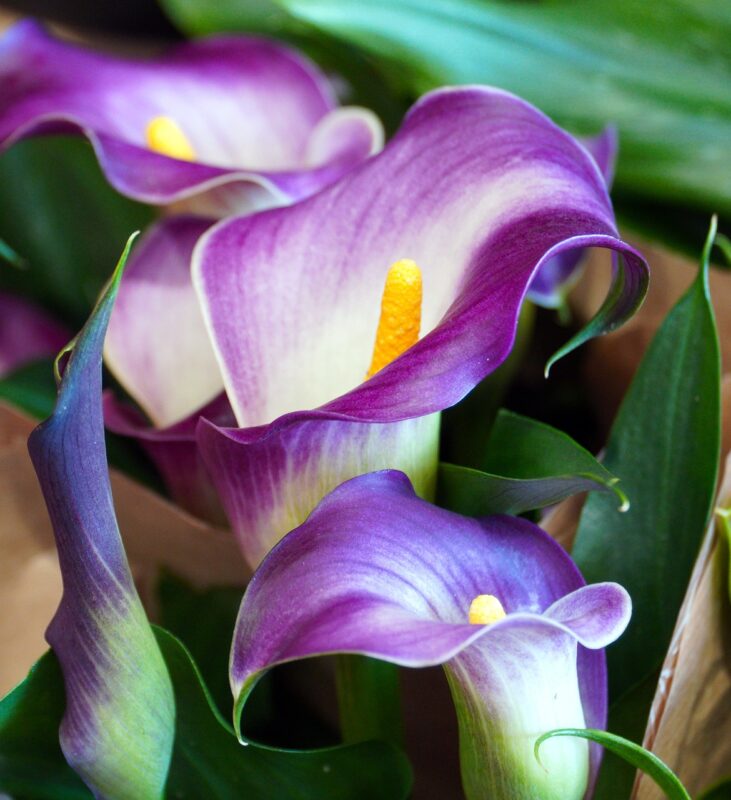
Calla lilies are known for their stylish, trumpet-shaped flowers that add a touch of elegance to any garden or landscape. These perennial plants are perfect for planting in May as they thrive in warmer temperatures and appreciate sunny spots with well-drained soil.
Available in colors ranging from classic white to vibrant purples and yellows, calla lilies can be used as striking focal points in beds or containers. They require regular watering during the growing season but should be allowed to dry slightly between watering sessions. As summer progresses, these stunning flowers can bloom continuously, providing a dramatic highlight to your outdoor space.
Candytuft
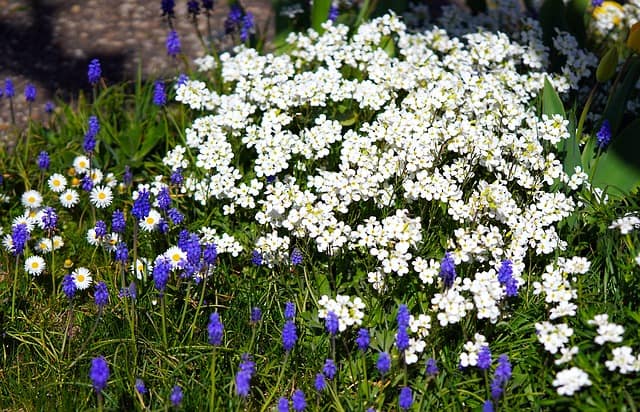
Candytuft (Iberis sempervirens) is a low-growing perennial that is perfect for adding a carpet of white blooms to your garden. These delightful flowers are particularly attractive when planted in rock gardens or along borders, creating a stunning visual effect.
Best planted in well-drained soil and sunny spots, candytuft blooms profusely from late spring to early summer, presenting a beautiful mat of flowers that can fill in spaces and unite various design elements in your garden. Candytuft is also relatively low-maintenance; simply deadhead spent flowers to encourage further blooming.
Catmint
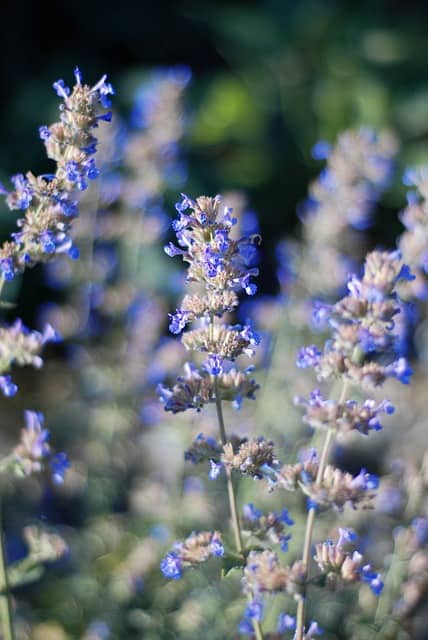
If you’re looking for a flower that combines beauty and resilience, Catmint (Nepeta spp.) is an excellent choice. Known for its aromatic foliage and spikes of lavender-blue flowers, catmint provides a striking contrast in your garden while attracting bees and butterflies, making it a favorite among pollinator-friendly gardens.
Catmint flourishes in full sun and thrives in well-drained soil, making it a perfect choice for May planting. This perennial plant is drought-tolerant once established, allowing it to thrive with minimal maintenance. Additionally, its charming aroma can ward off pests, helping to keep your vegetable garden healthy and vibrant.
Columbine
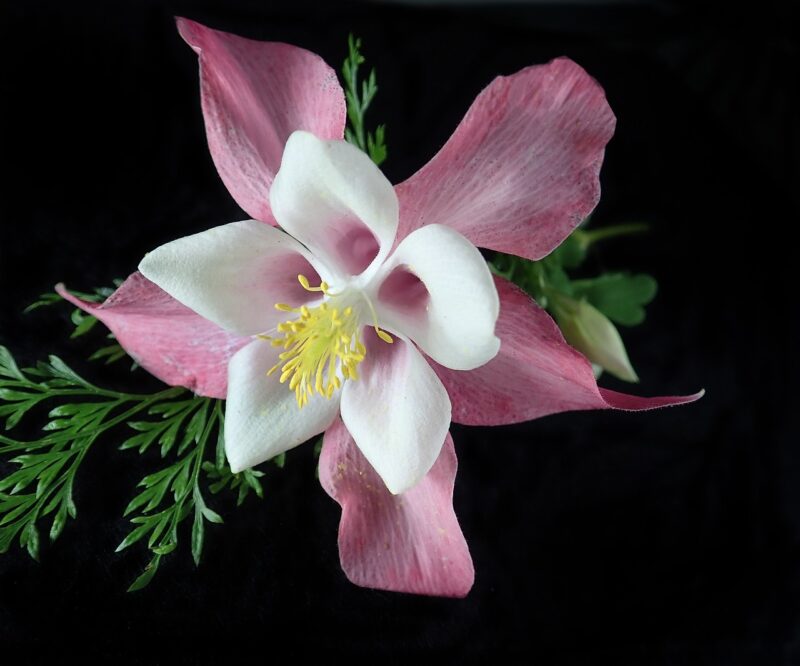
Columbine (Aquilegia) is a beautiful perennial flower that encourages a sense of whimsy in the garden with its unique, spurred flowers that come in various colors and shapes. Planting columbine in May offers them enough time to establish roots before their spectacular blooms appear, usually in late spring to early summer.
These plants prefer partial shade and moist, well-draining soil, making them a perfect choice for woodland gardens or shaded beds. Columbines are typically low-maintenance, but they do appreciate some mulch to keep their roots cool and moist during hotter months. Their nectar-rich blooms attract hummingbirds and butterflies, enhancing the biodiversity of your garden.
Cosmos
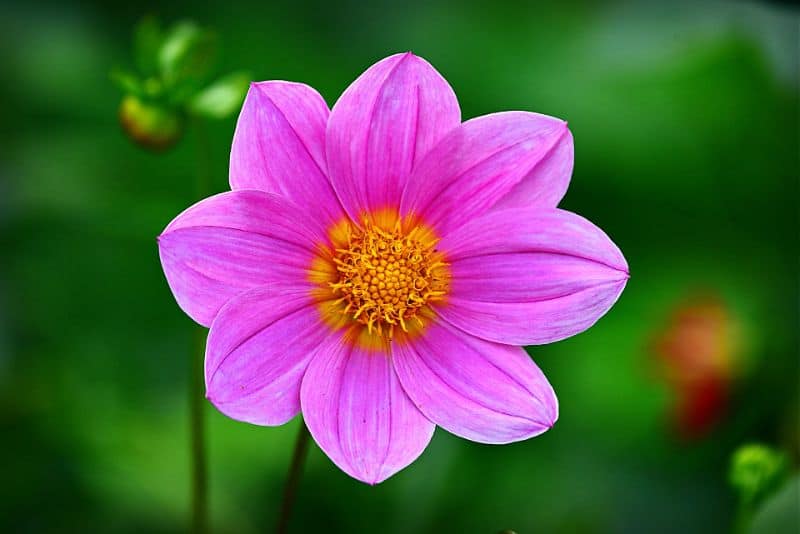
Cosmos are cheerful annuals known for their daisylike blooms and long-lasting flowers that bloom throughout the summer months. With their bright and vibrant colors, including pinks, whites, and oranges, cosmos are perfect for adding a splash of color wherever they grow.
Planting cosmos in May is ideal, as they thrive in warm weather and well-drained soil. These flowers are excellent for attracting pollinators and are also drought-tolerant once established, making them a low-maintenance addition to your garden. They’re particularly well-suited for cottage gardens or informal borders, bringing a carefree look to your outdoor space.
Creeping Phlox
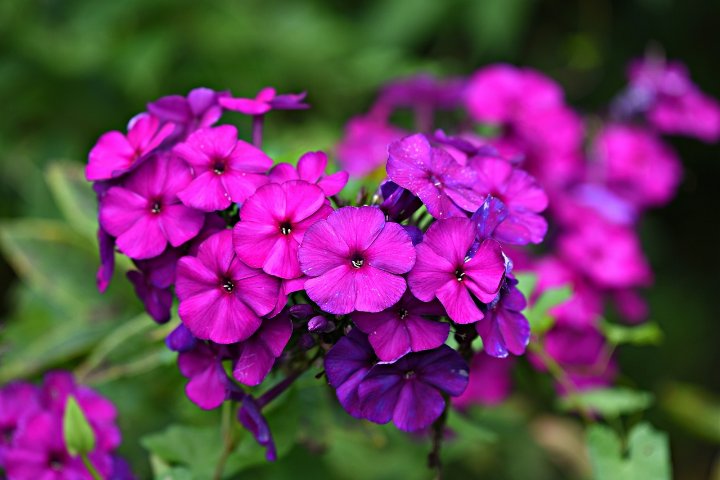
Creeping Phlox (Phlox subulata) is a ground cover perennial that bursts into bloom each spring, creating a dazzling carpet of color. These flowers are perfect for hanging over walls, filling in cracks in rock gardens, or covering bare patches in a busy garden.
Best planted in May, creeping phlox thrives in well-drained soil and needs full sun for optimal blooming. The vibrant colors range from pink and purple to white, adding a vivacious touch to your landscapes. As a low-maintenance perennial, they require little care beyond occasional watering during dry spells, making them an effortless delight.
Crocosmia
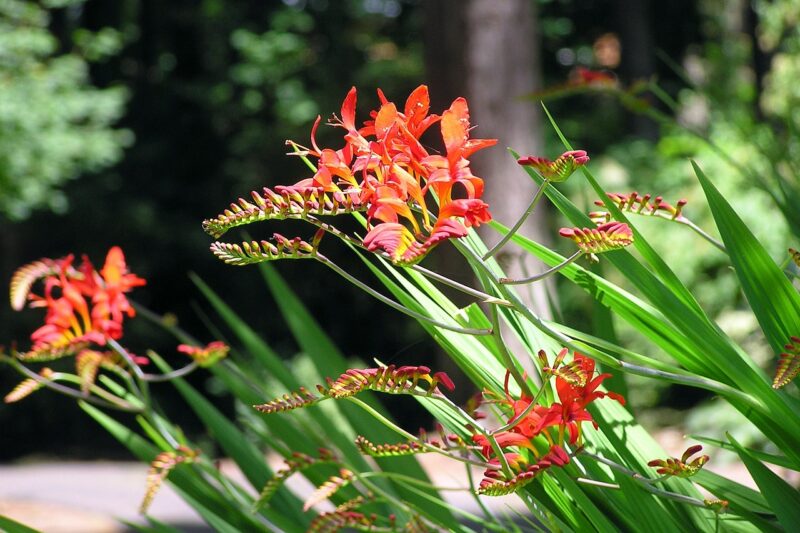
For a dramatic statement in your garden, consider planting Crocosmia, also known as montbretia. These stunning summer perennials feature sword-like foliage that leads to fiery orange or red flowers, offering a bold contrast that captures attention.
May is a great time to plant crocosmia, as they prefer warmer temperatures and require time to establish their root systems. They thrive in well-drained soil and full sun but can tolerate partial shade. Their striking blooms attract hummingbirds and other pollinators, ensuring your garden remains alive with activity throughout the summer.
Cushion Spurge
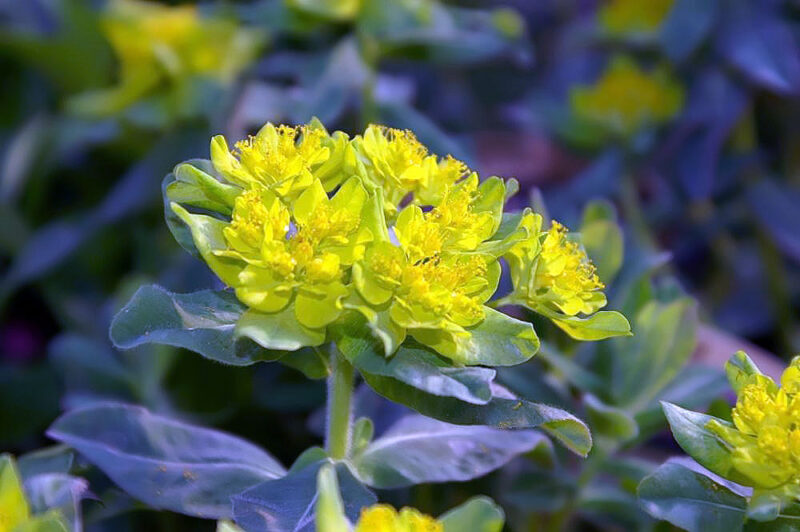
Cushion Spurge (Euphorbia polychroma) is a unique perennial known for its vibrant yellow bracts that brighten up any garden space during late spring. This plant is an excellent option for gardeners seeking a low-maintenance alternative that still offers a splash of color.
Planting cushion spurge in May is beneficial as they prefer full sunlight and well-drained soil. Aside from their vivid flowers, these plants also exhibit interesting foliage that changes with the seasons. Keep in mind that while cushion spurge is generally resilient, its milky sap can irritate the skin, so it’s wise to wear gloves when handling the plants.
Dahlia
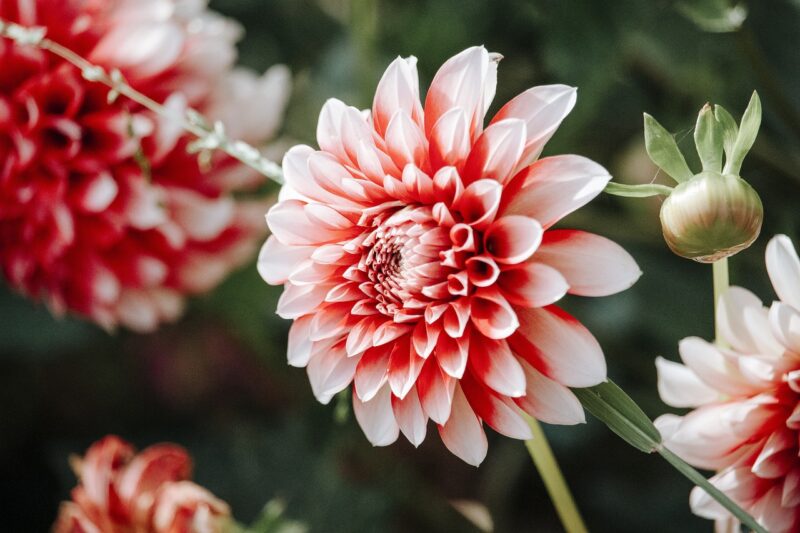
Dahlia flowers are simply stunning, with their layered petals and wide range of colors and forms. These summer-blooming tuberous perennials add sophistication and charm, making them ideal for a variety of garden styles, from formal to whimsical.
When planting dahlias in May, wait until the soil has warmed and the danger of frost has passed, as these delightful flowers thrive in warm conditions. They require full sun and well-drained soil to flourish. Deadheading spent blooms encourages continuous flowering, allowing you to enjoy an abundance of color all summer long.
Echinacea
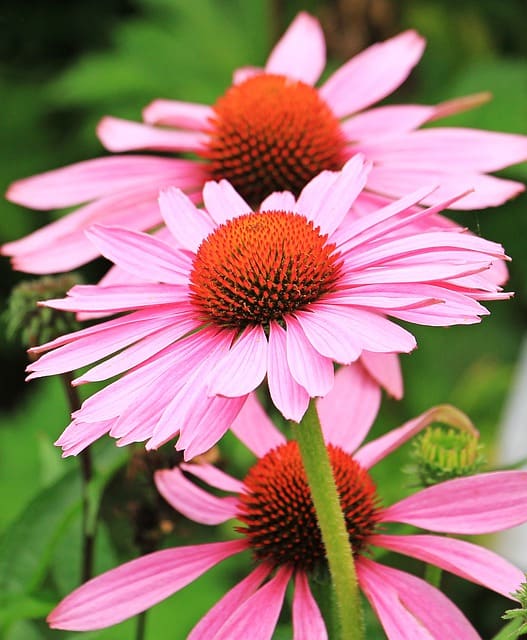
Echinacea, or coneflower, is a well-loved perennial celebrated for its vibrant, daisy-like flowers and medicinal properties. With a distinctive cone at the center of each bloom, echinacea adds character to the garden and attracts a myriad of butterflies and bees.
May is an excellent time to plant echinacea, as it thrives in sun and well-drained soil. Once established, these hardy perennials are relatively low maintenance, with some species being drought-tolerant. They bloom throughout the summer and into the fall, prolonging your garden’s color and appeal seasonally.
Geranium
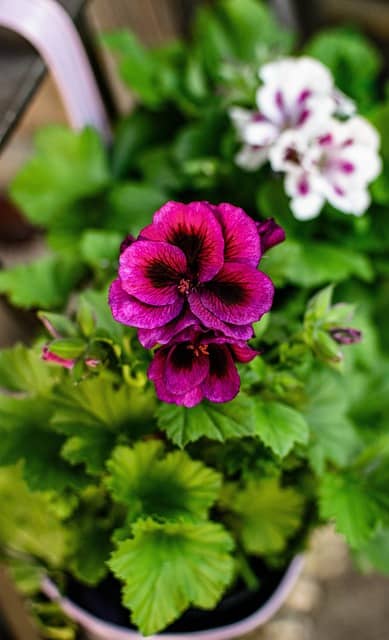
Geraniums are versatile and hardy perennials that can fulfill multiple roles in your flower garden. Whether you choose the traditional garden geranium, with its clusters of colorful blooms, or the trailing varieties for hanging baskets, these flowers add vibrancy and texture to your landscape.
May is ideal for planting geraniums since they flourish in warmer weather and full sun to partial shade. They prefer consistently moist soil but should not be waterlogged. With minimal care and deadheading, geraniums will bloom profusely throughout the summer, providing a feast for the eyes and a sense of cheer in your garden.
Gladiolus

Gladiolus, commonly known as “glads,” are elegant, tall flowers that add height and drama to any garden. With their striking sword-shaped leaves and tubular blossoms, they come in virtually every color of the rainbow, making them perfect for creating stunning floral displays in borders or as cut flowers in arrangements.
May is an excellent month for planting gladiolus corms, as these flowers thrive in full sun and well-drained soil. The key to successful gladiolus cultivation is ensuring they have enough water during their growing season while being careful not to overwater. As they bloom throughout the summer, their majestic spires can create a vibrant focal point in your garden, attracting butterflies and other pollinators.
Hellebore
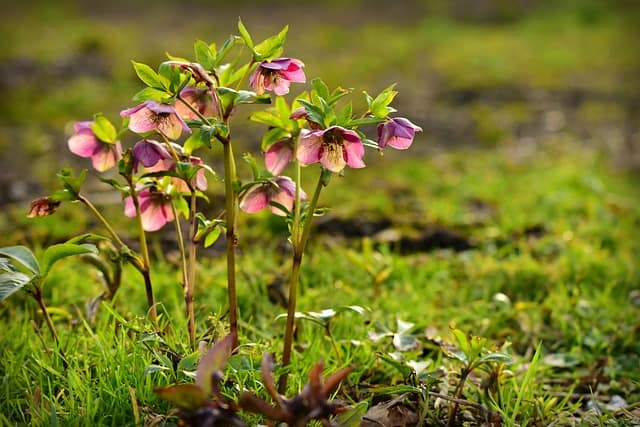
Hellebores, often known as Christmas roses or Lenten roses, are enchanting, shade-loving perennials that bring charm to your garden in the early spring months. While they bloom in late winter to early spring, planting them in May allows you to establish them before the heat of summer.
With their leathery leaves and nodding, cup-shaped flowers that appear in shades of white, pink, purple, and even green, hellebores are a must-have for any shady spot. They prefer rich, well-drained soil and benefit from partial to full shade. Their early blooms can bridge the gap between spring and summer and are an excellent choice for woodland gardens, adding a touch of elegance with minimal maintenance.
Hibiscus
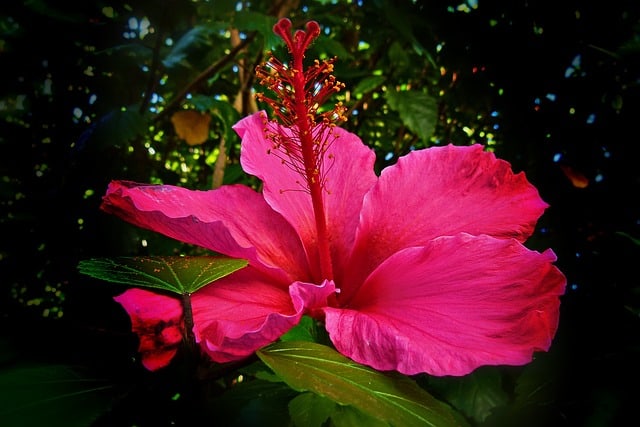
Hibiscus flowers are celebrated for their large, showy blooms that come in an array of colors, including red, pink, orange, and white. These tropical beauties can make a stunning statement in any garden, whether planted in the ground or in striking containers.
May is the perfect time to plant hibiscus, as they thrive in full sun and are relatively heat tolerant. They prefer well-drained soil and regular watering, especially during dry spells. Hibiscus plants bloom continuously throughout summer, often attracting hummingbirds and butterflies with their bright flowers. Their unique petal shapes and textures make them ideal for creating a vibrant tropical atmosphere in your garden.
Hollyhock
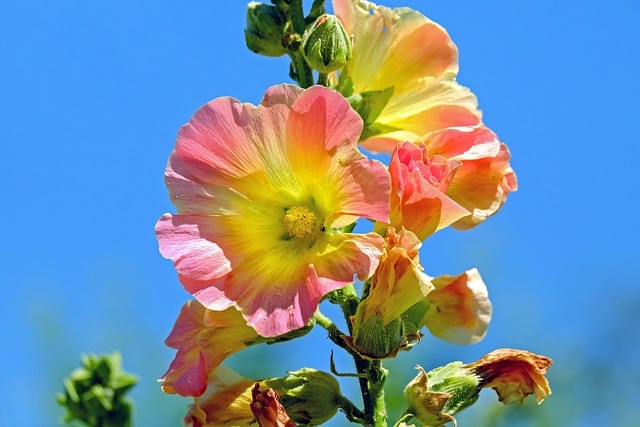
Hollyhocks (Alcea rosea) are classic garden favorites characterized by their tall, leafy stems and large, colorful blooms that appear in rows along the stem. These biennial plants can add height and old-world charm to your flower beds and are perfect for the back of borders or along fences and walls.
Planting hollyhocks in May allows them to establish a solid root system before flowering in midsummer. They prefer full sun and well-drained soil, and with some staking, they can reach impressive heights. Their delightful blooms attract bees and butterflies, providing essential food sources for pollinators during the warmer months. Additionally, hollyhocks produce seeds that can self-sow, allowing you to enjoy them for years to come.
Iris
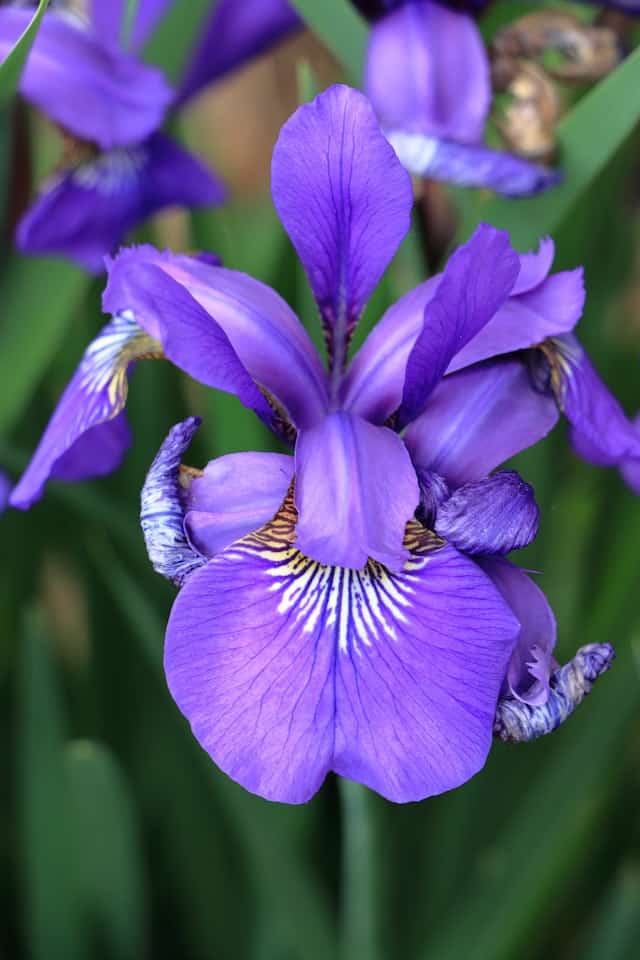
Irises are stunning perennial flowers known for their unique, intricate blooms and beautiful sword-like leaves. These resilient plants are available in various colors, making them a fantastic addition to any garden design. From the classic purple to vibrant yellows, whites, and even striking bi-colors, irises offer tremendous diversity.
May is an ideal time to plant both tall bearded irises and their shorter cousins, creating interesting layers in your garden. Irises enjoy well-drained soil and full sun to partial shade, providing plenty of options for placement throughout your outdoor space. After planting, be sure to provide adequate water for the first few weeks, but once established, they are drought-tolerant. Their graceful blooms create a stunning show in late spring and early summer, beloved by both gardeners and pollinators alike.
Lantana
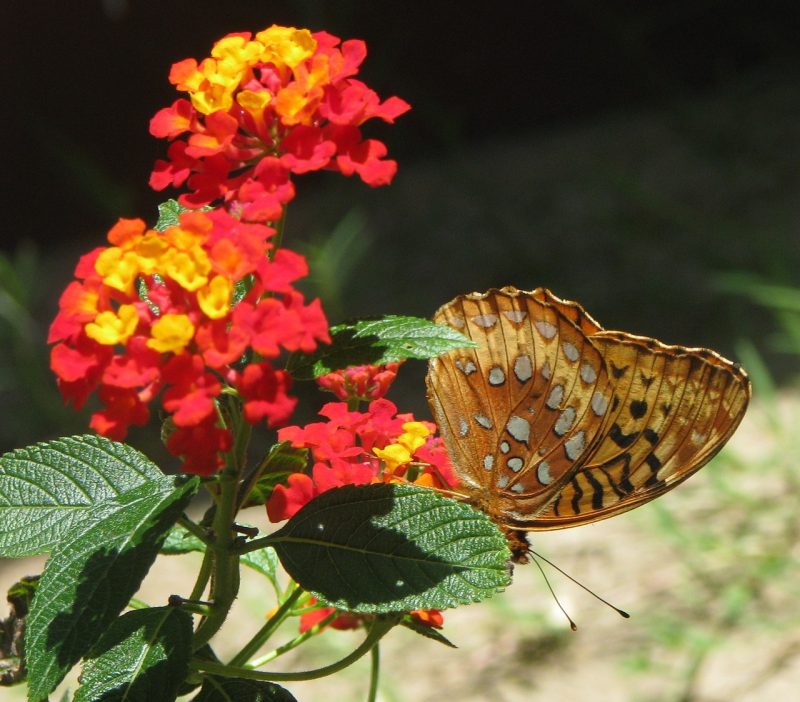
Lantanas are colorful, heat-loving annuals that thrive in sunny garden spots. Known for their clusters of small, vibrant flowers that change colors as they mature, these plants are great for adding a splash of brightness to borders, containers, and hanging baskets.
Planting lantana in May allows these beauties to settle in before the summer heat kicks in. They thrive in well-drained soil and require minimal maintenance, making them an ideal choice for busy gardeners. Lantanas are particularly attractive to butterflies, making your garden a vibrant hub of activity as these pollinators flit from bloom to bloom.
Lavender
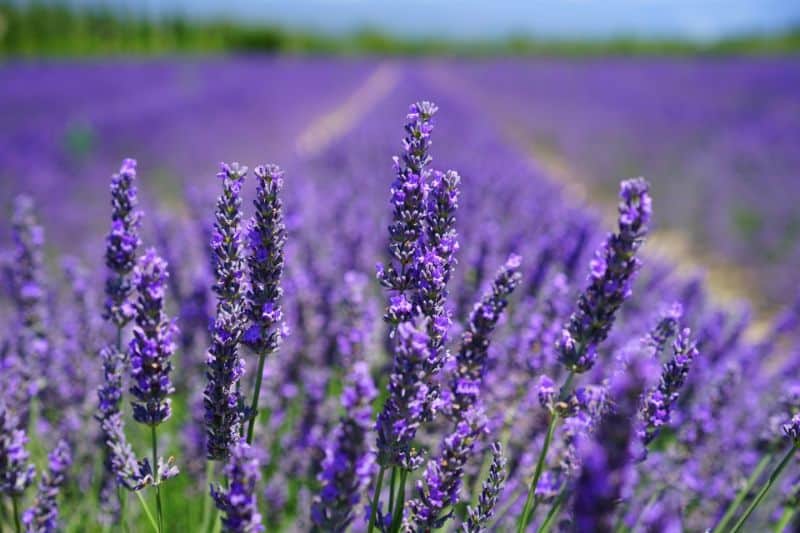
Lavender is renowned for its fragrant flowers and calming aroma, making it a beloved choice for home gardens. This hardy perennial is perfect for borders, pathways, and even as a culinary herb. With its beautiful purple spikes and aromatic foliage, lavender brings both beauty and functionality to your garden.
Planting lavender in May allows it to establish roots before the heat of summer. Lavender thrives in well-draining soil and full sun, often preferring slightly arid conditions. Regular trimming encourages bushier growth and a more robust flower display. Beyond its beauty, lavender attracts beneficial pollinators and can be harvested for its aromatic blooms, perfect for sachets, teas, or culinary uses.
Lilies
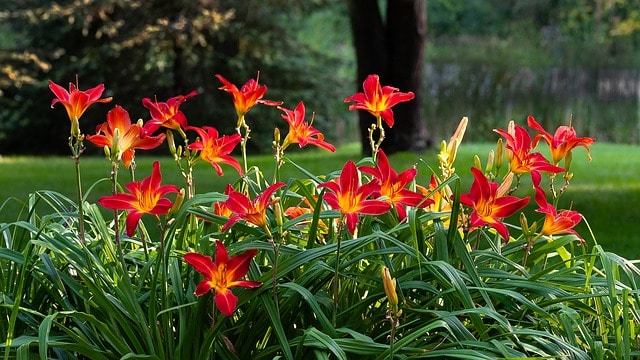
Lilies are timeless perennials that can bring a majestic touch to your garden with their large, showy flowers and delightful fragrances. With a variety of species, including Asiatic, Oriental, and Trumpet lilies, there’s a lily for every garden style and preference.
Planting lilies in May allows the bulbs to settle into the warm soil, leading to a stunning bloom during the summer months. They thrive in well-drained soil and sun to partial shade, making them versatile for different garden placements. Lilies are relatively low-maintenance and can thrive on minimal care. Their stunning blooms last for several weeks and often attract bees and butterflies, enhancing the natural beauty of your outdoor space.
Marigolds
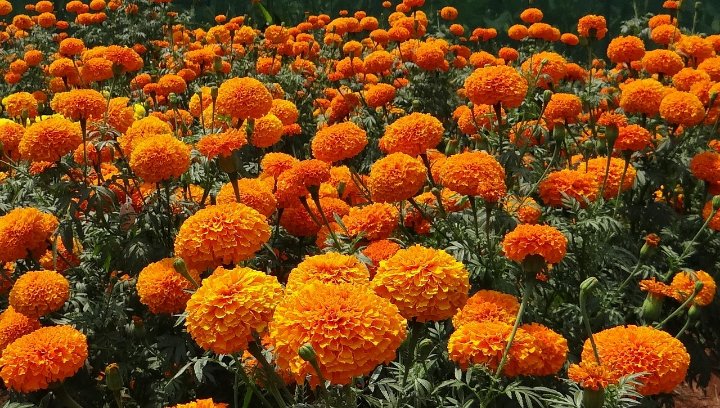
Marigolds are cheerful annual flowers praised for their bright, vibrant blooms and thick, green foliage. Ranging from sunny yellows and oranges to deep golds, these flowers are not only aesthetically pleasing but also beneficial for garden health, as they are known to deter pests.
May is the perfect month to plant marigolds, as they enjoy warm weather and need full sun for optimal growth. They are easy to care for, requiring minimal maintenance, and can thrive in various soil types as long as they are well-drained. Plant marigolds in borders or containers to ensure they brighten up your space while attracting pollinators and helpful insects.
Morning Glories
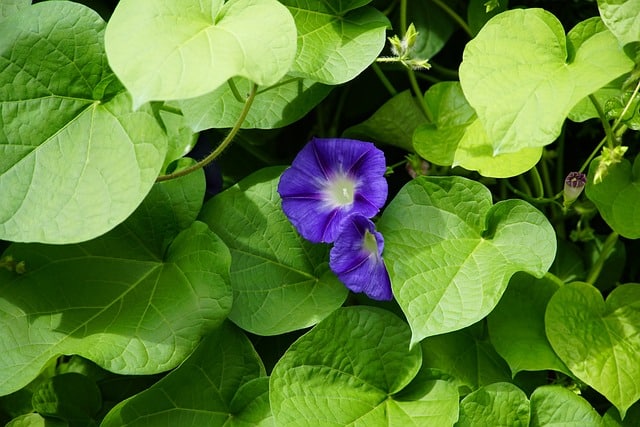
Morning glories are climbers that come alive at dawn, showcasing beautiful funnel-shaped flowers that open in the morning sun. Available in shades of blue, purple, pink, and white, these annual vines create a stunning visual effect as they climb fences, trellises, or walls.
May is an excellent time to plant morning glories, as they thrive in full sun and need warm soil to germinate. These plants prefer well-drained soil and can benefit from regular watering, especially during dry spells. As they grow and bloom, morning glories can fill vertical spaces with life and color while attracting bees and butterflies drawn to their nectar.
Peonies
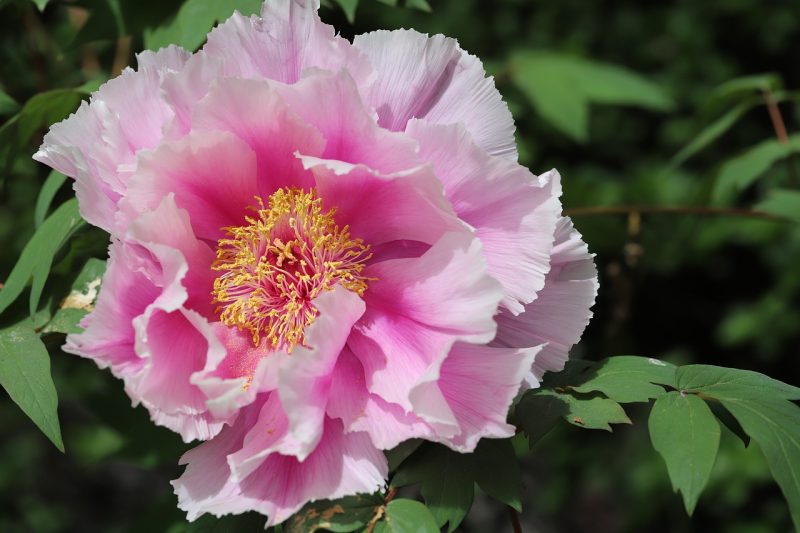
Peonies are beloved garden perennials celebrated for their lush, aromatic blooms and elegant presence. With their large, showy flowers and distinct fragrance, peonies awaken emotions of nostalgia and romance in many gardens. Available in various colors, including pink, white, and red, they can easily fit into any palette.
While peonies typically bloom in late spring, May is an excellent time for planting bare root peonies to ensure the best results. They prefer a sunny location with well-draining soil, and once established, they require little care beyond regular watering and occasional fertilization. Their beauty and fragrance make them exceptional as cut flowers for arrangements, allowing you to bring the elegance of your garden into your home.
Poppies
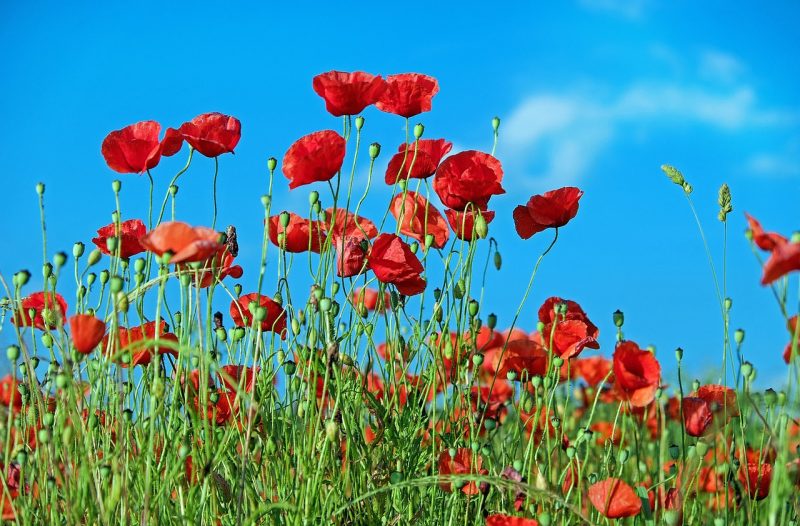
Poppies are vibrant annual flowers that evoke a sense of whimsy with their delicate petals and lush greenery. They are available in a range of colors, including red, orange, yellow, and white, each representing a unique charm. With their silky petals and understated elegance, poppies are a garden favorite.
May is an ideal time to sow poppy seeds, as they enjoy well-drained soil and full sun. These easy-to-grow flowers thrive on minimal care and can often self-seed, returning year after year. Their captivating blooms are excellent for attracting pollinators, and they can create poetic bursts of color in your garden landscape.
Roses
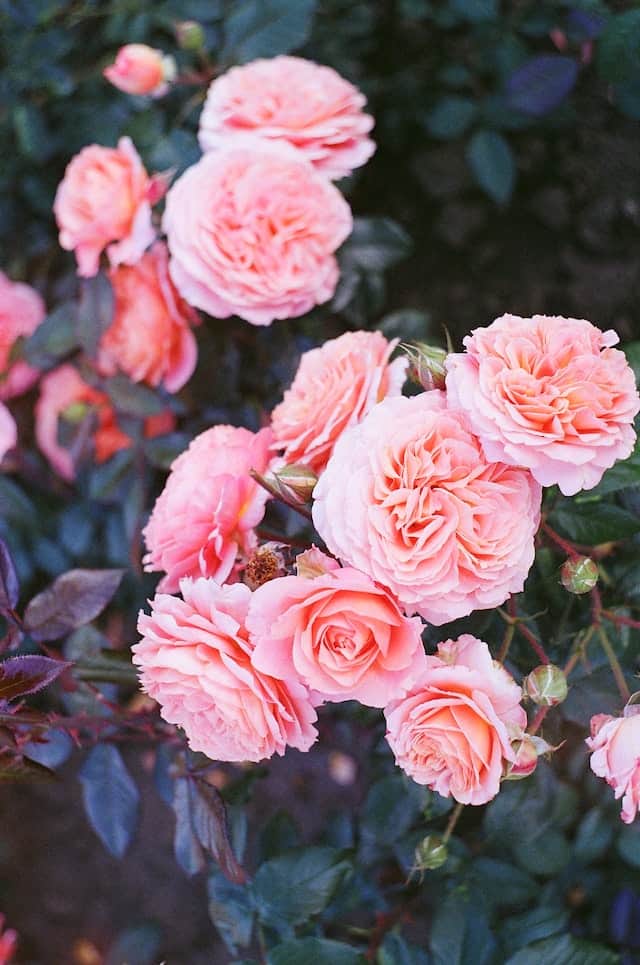
Roses are the quintessential garden flower, celebrated for their unparalleled beauty and mesmerizing fragrance. With countless varieties ranging from climbing and shrub roses to hybrid teas and floribundas, they cater to every gardener’s preference.
Planting roses in May allows them to establish roots and benefit from the warmer temperatures, setting them up for a robust growing season. They prefer rich, well-drained soil with plenty of sunlight. Regular watering, deadheading, and occasional feeding will ensure a vibrant display of blooms throughout the summer. Whether used in a cottage garden, rose garden, or as charming accents in mixed plantings, roses are sure to steal the show in any garden setting.
Salvia
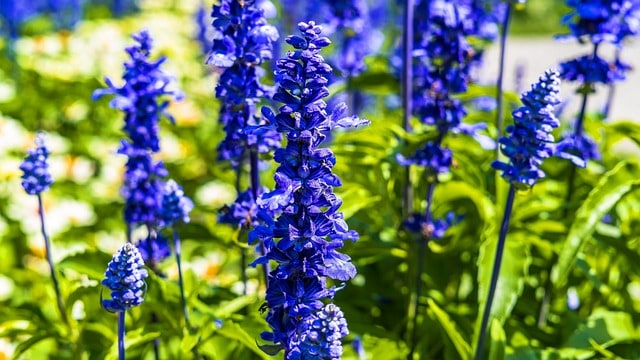
Salvia, or sage, is a large genus of plants celebrated for their resilience, impressive spikes of flowers, and aromatic leaves. Available in many varieties and colors, these perennials and annuals can add an explosion of color and texture to your garden.
May is the perfect time to plant salvia, as they thrive in sunny spots with well-drained soil. Once established, salvia plants are drought-tolerant and relatively low-maintenance. Their blooms attract various pollinators, including hummingbirds and butterflies, while their aromatic foliage can repel unwanted pests. Adding salvia to your garden not only enhances beauty but also contributes to a more diverse and healthier ecosystem.
Shasta Daisy
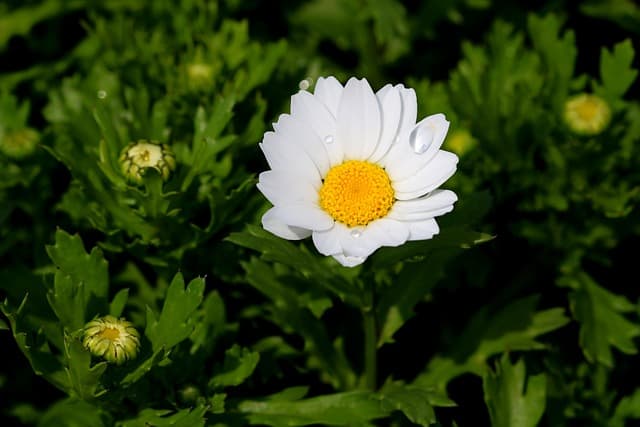
Shasta daisies (Leucanthemum × superbum) are cheerful, hardy perennials that can brighten any garden with their classic white petals and sunny yellow centers. These beloved flowers evoke a sense of nostalgia and can effortlessly fit into any garden design, from formal arrangements to cottage gardens.
May is an ideal time to plant shasta daisies, as they thrive in full sun and prefer well-drained soil. With minimal care, you can expect a burst of blooms from early summer through fall. Regular deadheading will encourage prolonged blooming, while their sturdy stems make them perfect for cut flower arrangements. Shasta daisies are also great for attracting beneficial insects, enhancing the ecological balance of your garden.
Solomon’s Seal
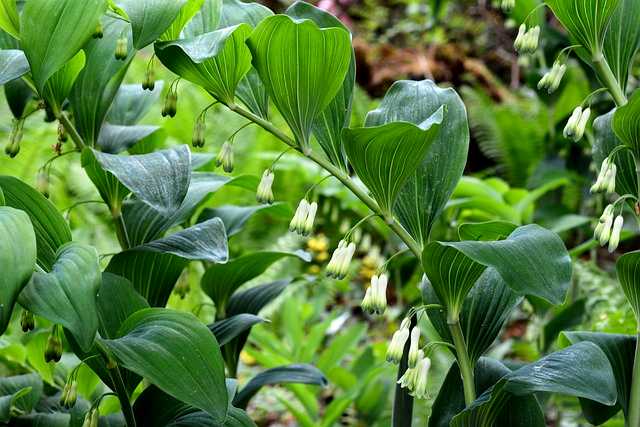
Solomon’s Seal (Polygonatum) is an elegant perennial known for its graceful arching stems and unique, bell-shaped flowers. This shade-loving plant is perfect for woodland gardens and shady spots, adding an understated beauty to your landscape.
When planted in May, Solomon’s Seal can establish its root system before the heat of summer. It prefers moist, well-drained soil and partial to full shade. One of its unique attributes is the lovely blue-green foliage, and the tiny, nodding flowers, which appear in late spring, attract bees and other pollinators. Additionally, Solomon’s Seal is deer-resistant, making it a smart choice for gardens in areas with grazing wildlife.
Sunflowers
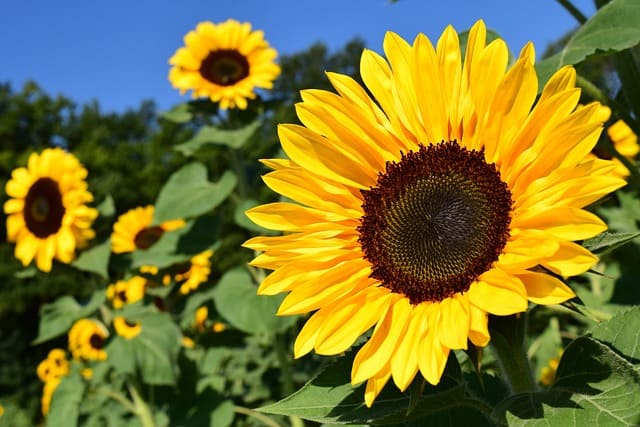
Sunflowers are some of the most recognizable and cheerful flowers, known for their towering height and enormous blooms. They come in various colors, ranging from classic yellow to deep burgundy, and they radiate positivity, making them perfect for any garden setting.
May is the ideal month for planting sunflowers, as they thrive in warm weather and need full sunlight. These fast-growing plants prefer well-drained soil, and with proper care, they can reach impressive heights before blooming as summer progresses. Sunflowers are also beneficial for attracting pollinators and can produce seeds that provide food for birds and other wildlife. Their robust nature and resilience make them a favorite among gardeners.
Yarrow
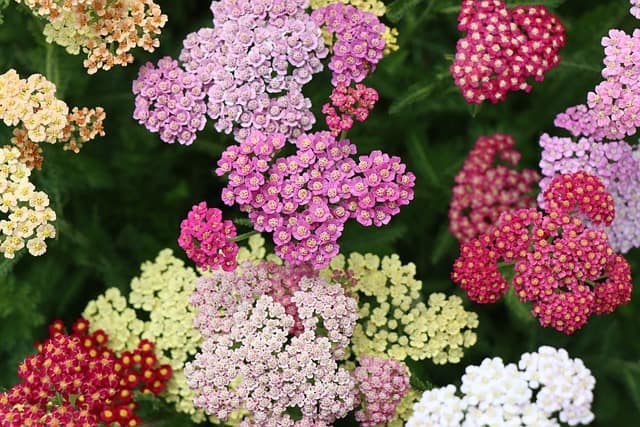
Yarrow (Achillea millefolium) is a hardy perennial known for its feathery foliage and clusters of small flowers that bloom in various colors, including yellow, white, and pink. This resilient plant is often used in cottage gardens and as ground cover, thanks to its drought-tolerant nature and low maintenance requirements.
May is the perfect time to plant yarrow, as it thrives in well-drained soil and full sun. Once established, yarrow is highly drought-tolerant, allowing it to flourish in a variety of conditions. Its attractive blooms are not only beautiful but also draw beneficial pollinators, helping maintain a lively ecosystem in your garden. With its ability to self-seed, yarrow can create lasting beauty that returns year after year.
Zinnia
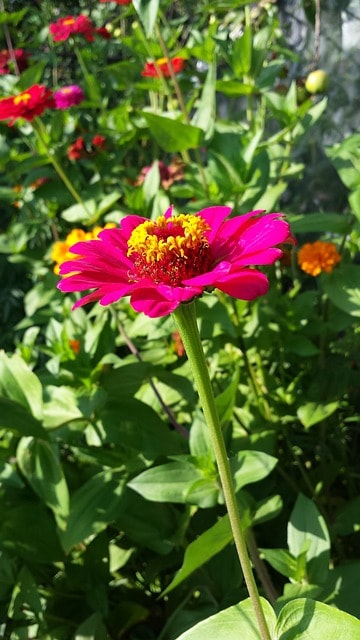
Zinnias are bright, cheerful annuals that are a gardener’s delight. With a diverse selection of shapes, sizes, and colors, zinnias can bring life and vibrancy to any garden. Their easy-going nature and stunning blooms make them favorites for summer gardens, ideal for both beginners and seasoned green thumbs.
Planting zinnias in May allows them to soak up the sun, as they prefer full sun and well-drained soil. These flowers are known for their resilience and can tolerate heat and drought conditions, making them suitable for various growing environments. Regular deadheading will encourage continuous blooming throughout the summer, ensuring a colorful display that attracts butterflies and pollinators. Zinnias are perfect for creating lively cut flower arrangements, allowing you to enjoy their beauty both in the garden and in your home.





